Key Takeaways
- A single earwig does not mean an infestation but could indicate favorable conditions.
- Earwigs enter homes due to weather changes, moisture, and outdoor lighting.
- Signs of a problem include frequent sightings and damp, dark hiding spots.
- Prevention involves sealing cracks, reducing moisture, and minimizing outdoor debris.
- Professional extermination may be needed if DIY methods fail.
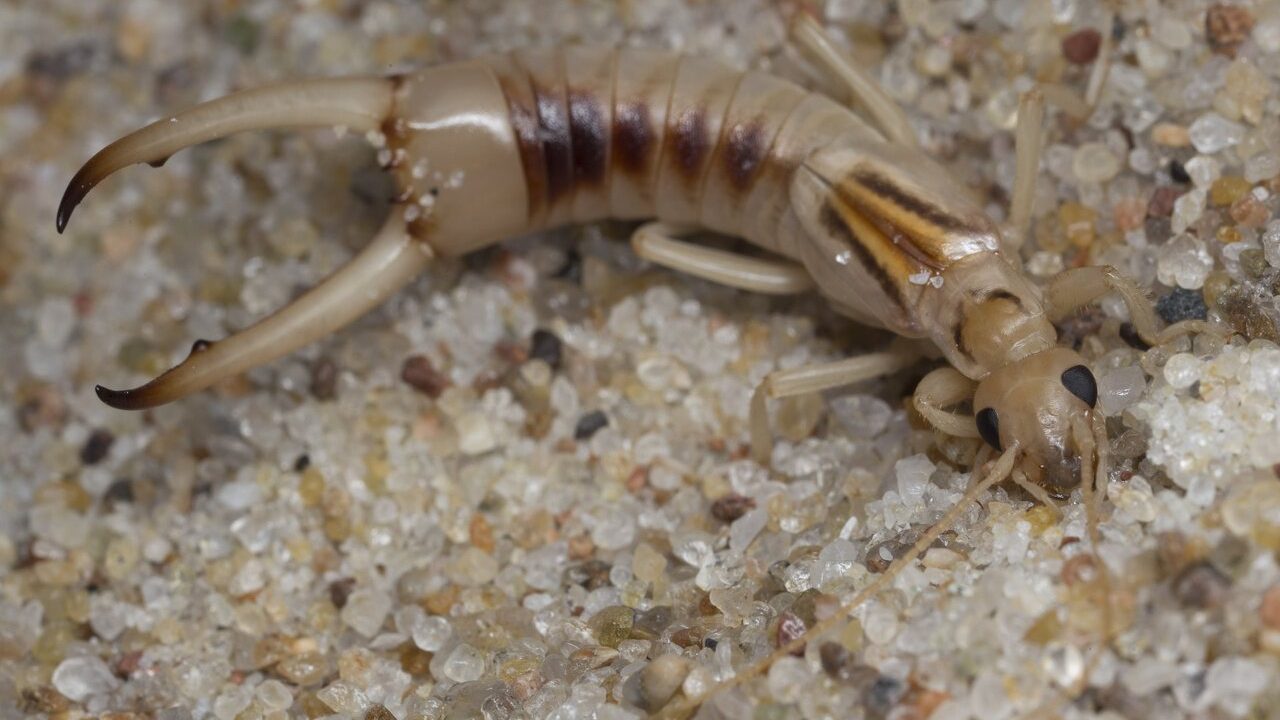
Finding an Earwig Indoor: Does It Mean an Infestation?
Finding an earwig inside your home can be unsettling. These small, dark brown insects with pincers on their rear end are known to be creepy. But does spotting a single earwig mean your house is infested? The short answer is NO – finding one earwig does not necessarily indicate an infestation. However, it may suggest favourable conditions that could attract more. Understanding why earwigs appear indoors, the signs of an actual infestation, and how to prevent them can help keep your home pest-free.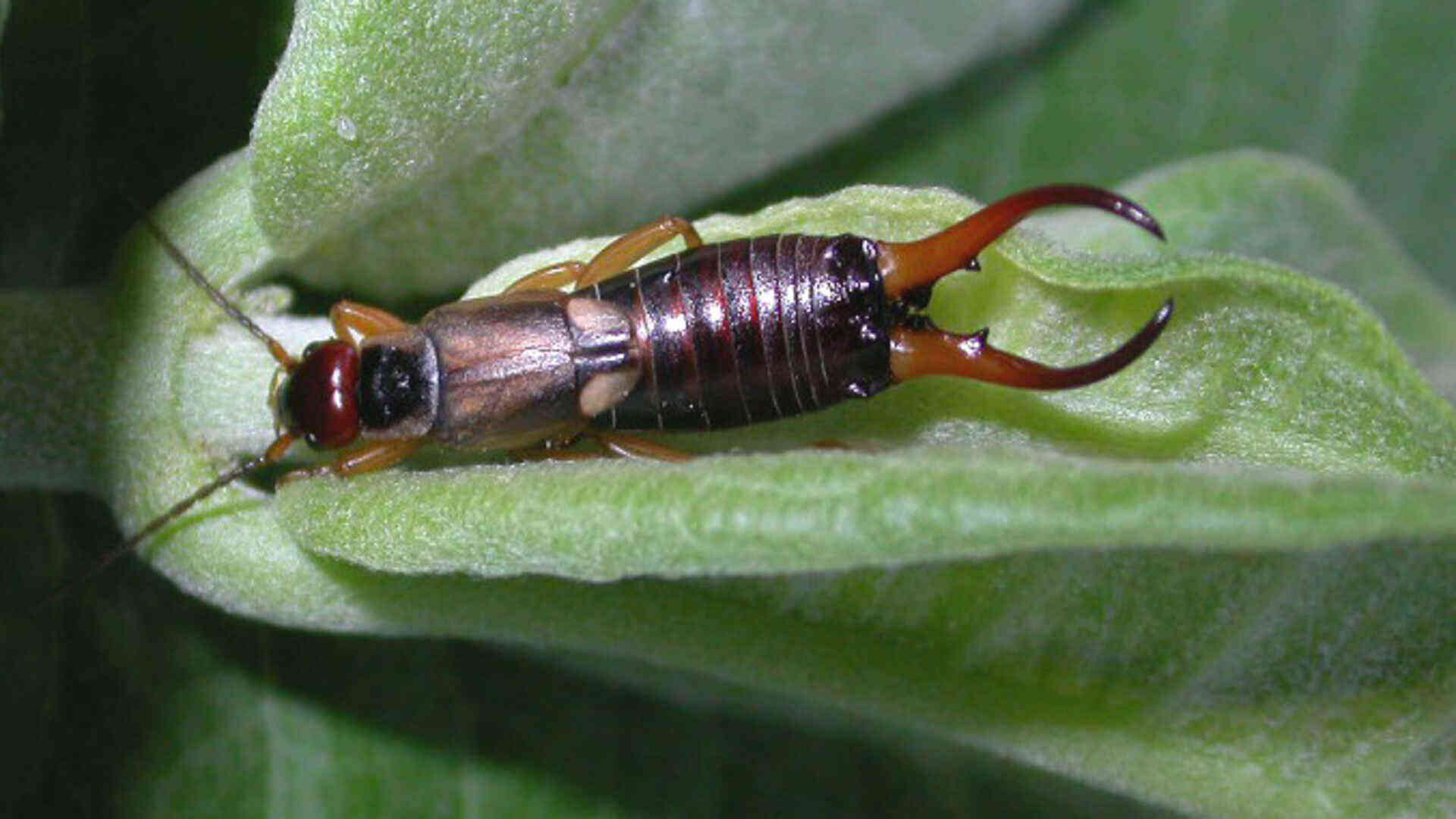

Not getting a solution?
Get your free pest control estimate today!What Are Earwigs and Why Are They in Your Home?
Earwigs are small, brownish-black insects easily recognizable by their pincers at the tail end. Despite common myths, earwigs do not crawl into ears, but their appearance can still cause discomfort.Earwig Identification
-
Earwig Identification: Earwigs (also called pincher bugs) are nocturnal insects that prefer dark, damp environments. They are commonly found in gardens, mulch, and under debris during the day and become active at night. Their distinguishing feature is a pair of forceps-like pincers at the rear, which they use for defense.
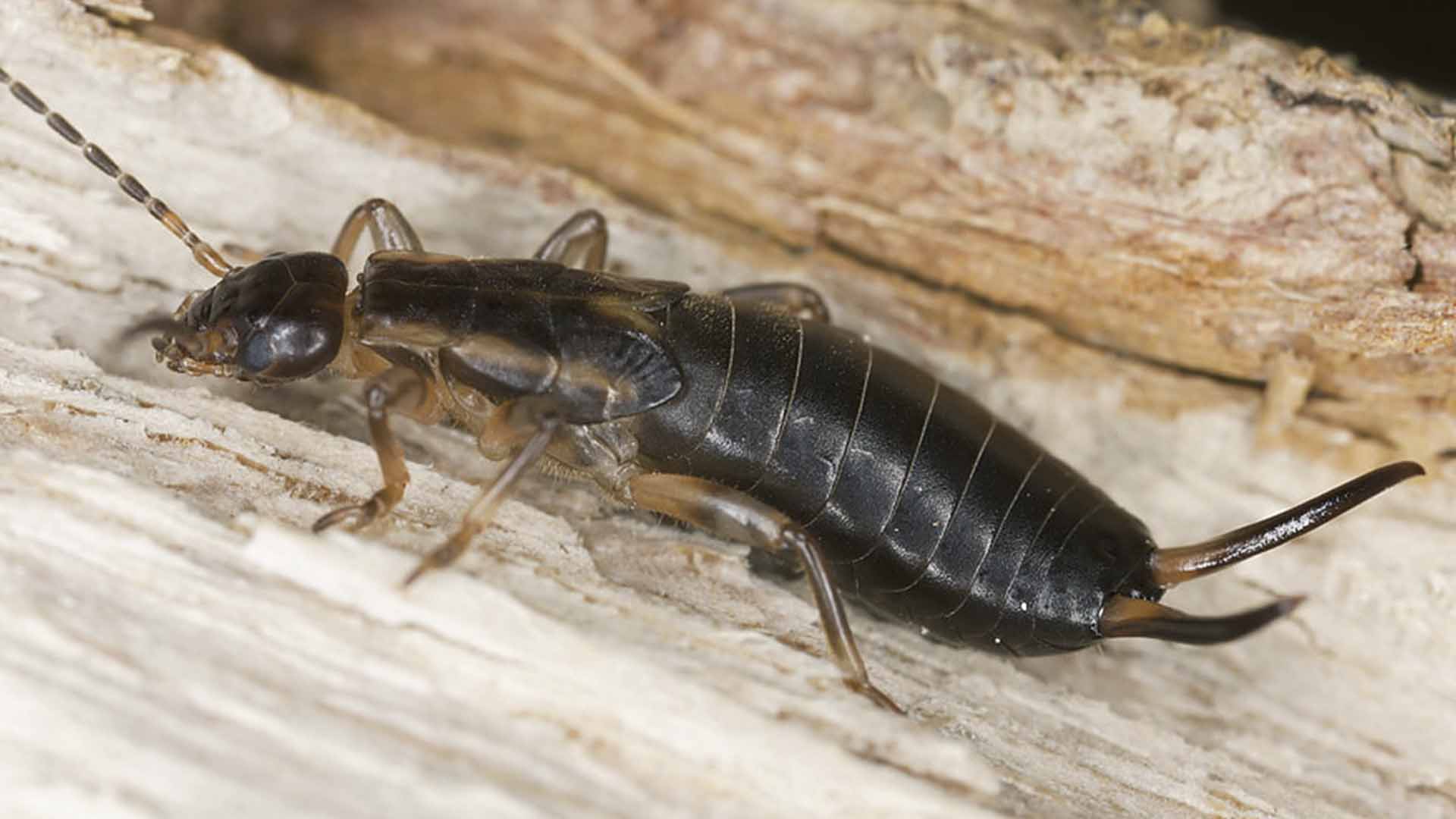
Does One Earwig Mean an Infestation?
A single earwig does not automatically mean an infestation. Unlike ants or termites, earwigs do not form colonies or nests inside homes. However, you should monitor for signs of an increasing presence.Signs That You Might Have an Earwig Problem
-
Frequent Sightings: Seeing multiple earwigs indoors over several days may indicate an entry point or developing infestation.
-
Clusters Outdoors: Finding large numbers of earwigs beneath mulch, stones, or garden debris near your home is a common warning sign.
-
Damp, Dark Areas: Consistent activity in basements, bathrooms, or under sinks shows they’re drawn to moist environments.
-
Garden Damage: Look for uneven holes in flower petals or foliage, which could signal a nearby breeding ground.
-
Odor & Droppings: Earwigs emit a foul-smelling yellowish secretion when disturbed—this can be a noticeable indicator of their presence.
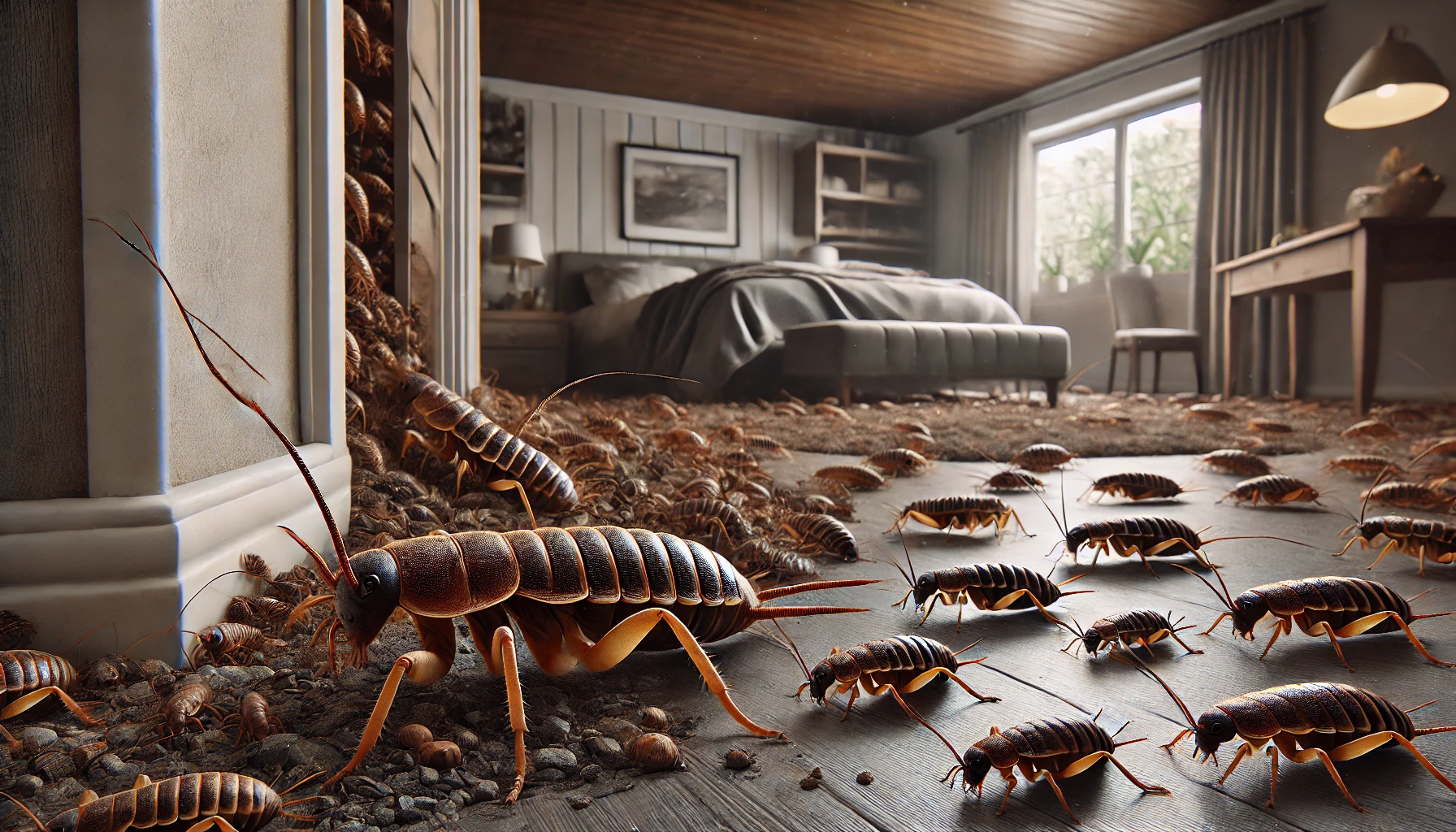
How to Get Rid of Earwigs in the House
If you find an earwig indoors, here’s how to handle it:Immediate Steps to Remove Earwigs
-
Catch & Release: Gently trap earwigs using a cup and paper, then release them outside away from your home.
-
Vacuum Them Up: Use a vacuum to quickly remove visible earwigs; dispose of the bag or empty the canister immediately.
-
Set Traps: Roll up a damp newspaper and leave it overnight to lure and trap earwigs—dispose of the trap in the morning.
-
Use Sticky Traps: Place glue boards along walls and entry points to catch wandering earwigs indoors.
-
Light Insecticide Use: Apply a targeted insecticide around entry points only if natural methods are ineffective.
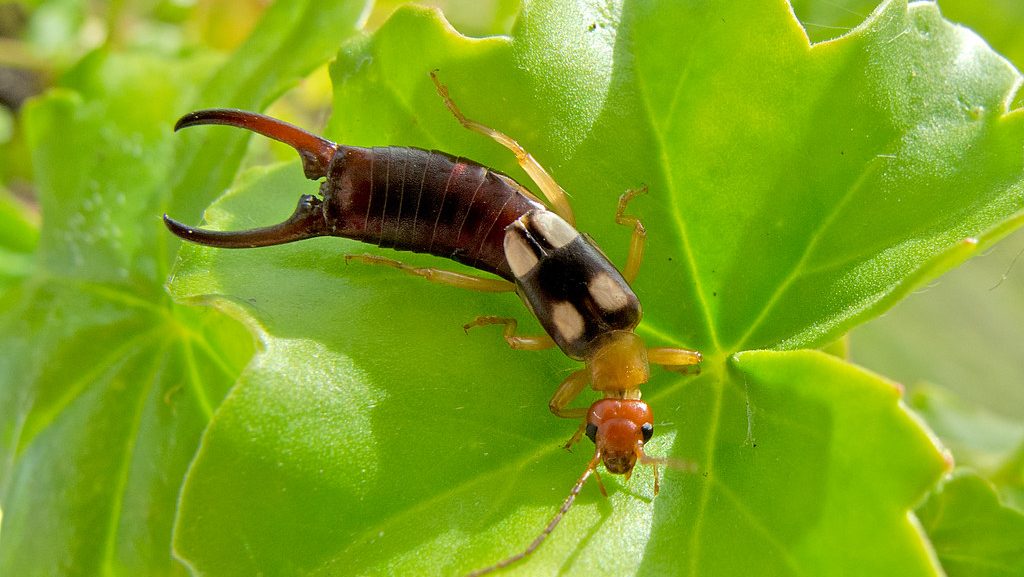
How to Prevent Earwigs from Coming Back
To prevent future encounters, eliminate the conditions that attract earwigs:| Attractant | Why Earwigs Like It | How to Prevent It |
|---|---|---|
| Moisture | Essential for survival | Fix leaks, use dehumidifiers, improve ventilation |
| Outdoor Debris | Provides shelter | Clear mulch, leaves, and woodpiles near the house |
| Cracks & Gaps | Easy entry | Seal foundation cracks, use weather stripping |
| Bright Lights | Attracts them at night | Use yellow bug bulbs or motion-activated lights |
| Storage Items | They hide inside boxes | Inspect potted plants, cardboard boxes, and firewood |





